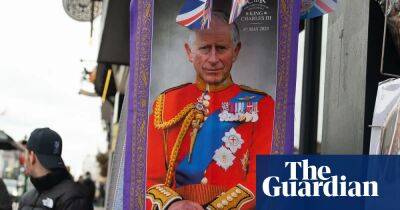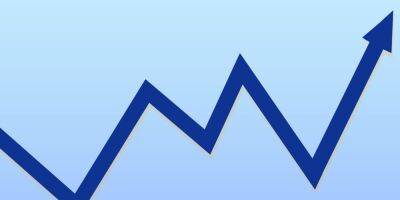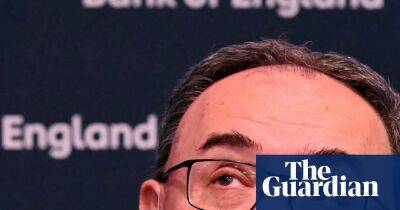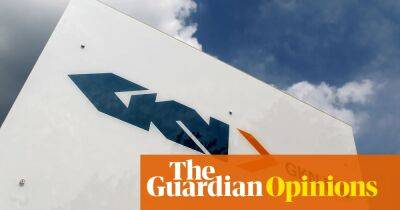Forecasters scent a drop in inflation, but look how wrong they have been
For months there has been hope that inflation might come tumbling down from its highest rate in 40 years. In search of an elusive peak, and despite having already made several wrong calls, some forecasters are suggesting that a rapid decline is all but “guaranteed”.
This week will put those expectations to the test, with the publication of a range of economic data that will influence the Bank of England as it considers whether to hit the pause button on its most aggressive policy of interest rate rises in decades.
City economists forecast a cooling in the UK’s March inflation rate when official figures are released on Wednesday, with expectations for a reading of 9.8% – the first single-digit figure since August last year.
But analysts had made similar noises a month earlier, when the surging price of food led to an unexpected jump to 10.4%, in a painful reminder that Britain’s cost of living crisis is far from over.
Even if the headline rate for March is lower, prices will still remain high. A drop in inflation does not necessarily mean that prices are falling for consumers – it just means that the annualised rate of growth is not quite as fast as it had been in the previous month.
Over the past two years as a whole, since Britain’s current inflationary burst really took root, living costs have risen by a staggering 17.2%. To put that in context, it took almost a decade for the average basket of goods and services to increase by that amount in the years running up to the Covid pandemic.
But economists have one key reason to expect the March inflation reading to have fallen: timing. Because inflation is calculated as the annual rate of change for an average basket of goods and services, the initial surge in energy prices after
Read more on theguardian.com











